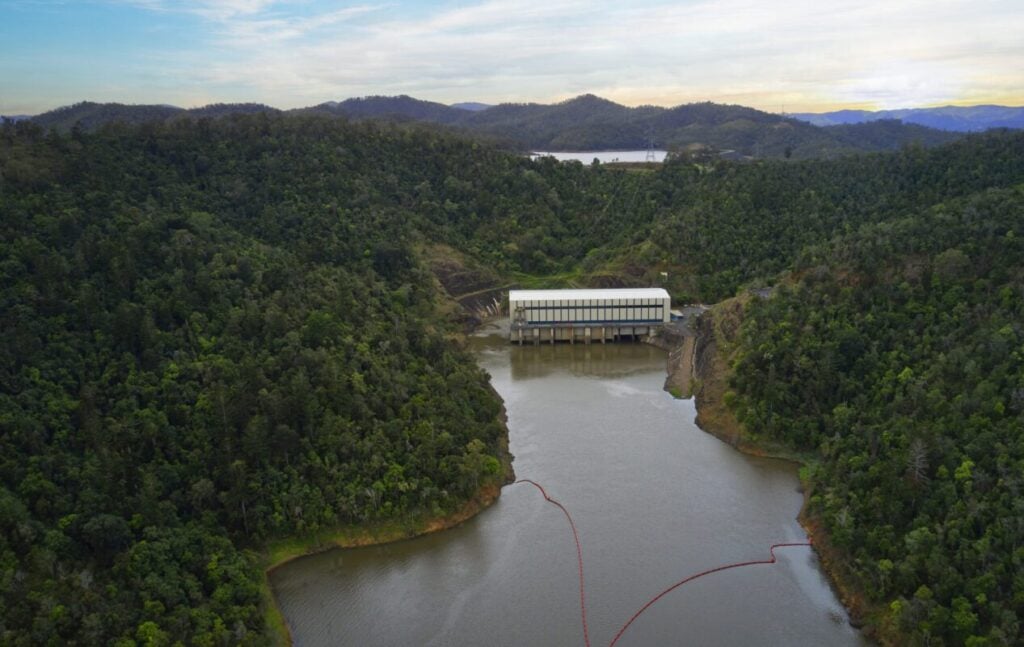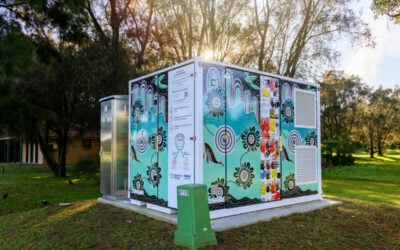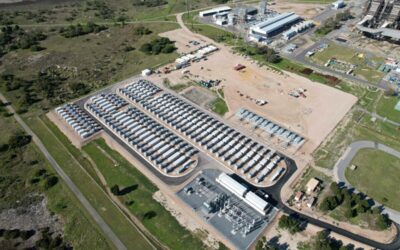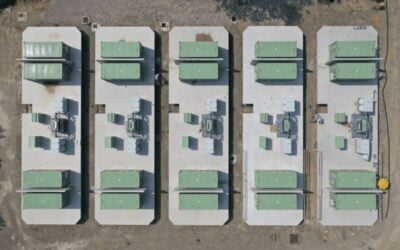
The Queensland government has announced an AU$48 million (US$31 million) investment to overhaul the ageing 5.7GWh Wivenhoe Pumped Hydro Power Station in Australia.
The state government revealed the funding commitment as part of efforts to improve the reliability and efficiency of the 570MW facility, which has been operating since 1984 and represents Queensland’s only operational pumped hydro energy storage system (PHES).
According to the government, the refurbishment programme targets multiple critical systems at the four-decade-old facility. Technical upgrades will include replacing ageing turbine components, modernising generator windings and excitation systems, and installing advanced digital control systems to enhance operational flexibility.
CleanCo Queensland, the state-owned clean energy generator that operates Wivenhoe, will manage the refurbishment programme . Work is scheduled to commence in early 2026, and the company plans to implement the upgrades in stages to minimise disruption to grid operations. Completion is expected by mid-2027.
Try Premium for just $1
- Full premium access for the first month at only $1
- Converts to an annual rate after 30 days unless cancelled
- Cancel anytime during the trial period
Premium Benefits
- Expert industry analysis and interviews
- Digital access to PV Tech Power journal
- Exclusive event discounts
Or get the full Premium subscription right away
Or continue reading this article for free
Tom Metcalfe, CEO of CleanCo Queensland, emphasised the importance of the pumped hydro facility after it achieved a record-breaking performance in the last financial year, when the station generated more than 218GWh in the fourth quarter alone – the highest quarterly output in its 40-year history.
“In the last year we’ve achieved record generation from Wivenhoe, and these maintenance works will make sure the station can keep delivering at that level well into the future,” Metcalfe added.
Inside the Wivenhoe pumped hydro facility
The 570MW Wivenhoe facility, located northwest of Brisbane, consists of two reversible 285MW Francis pump-turbine units that can generate electricity during high demand periods and pump water back to the upper reservoir during low demand periods.
The station operates between Wivenhoe Dam (lower reservoir) and Splityard Creek Dam (upper reservoir), with a maximum generating capacity of approximately six hours before requiring recharging.
Engineering assessments conducted in 2024 identified deterioration in several critical components, including the main inlet valves, turbine runners, and generator stator windings.
The refurbishment will address these issues while also upgrading auxiliary systems such as cooling water circuits, fire protection systems and station transformers.
The refurbished Wivenhoe station is expected to play an increasingly important role in Queensland’s electricity market as coal-fired generation declines. The state’s oldest coal plant, the 1.5GW Callide B plant, is scheduled for retirement in 2028, with others to follow by 2035 under the Queensland Energy and Jobs Plan.
Queensland government’s pumped hydro pivot following major cancellations
The focus on enhancing existing infrastructure marks a shift from the previous government’s ambitious pumped hydro expansion plans.
In November 2024, the newly elected Queensland government cancelled the proposed Pioneer-Burdekin pumped hydro project, which at 5GW/120GWh would have been the world’s largest pumped hydro facility.
The cancellation followed growing concerns about the project’s estimated AU$12 billion price tag and potential environmental impacts on the Pioneer Valley ecosystem.
Queensland Hydro, the state-owned entity established to develop new pumped hydro projects, had already purchased approximately 60 parcels of land in the Pioneer Valley and conducted preliminary geotechnical investigations before work was halted.
The Wivenhoe investment also comes amid ongoing challenges with the state’s other major pumped hydro initiative, the 2GW/48GWh Borumba project.
According to revised government figures released in 2023, the project’s costs ballooned to AU$18 billion. The project timeline also shifted, with the first power targeted for 2030, pending environmental approvals and the final investment decision.
The Queensland government has commissioned an independent review of the Borumba project, with findings expected in early 2026.
Queensland to release five-year Energy Roadmap on 10 October
The Queensland government has also revealed that it will release its eagerly anticipated five-year Energy Roadmap on 10 October.
This roadmap is expected to help the state support coal-fired power, invest in gas, and provide backing for smaller pumped hydro energy storage sites.
The government has already initiated feasibility studies for several smaller pumped hydro opportunities in the 200-500MW range, focusing on abandoned mine sites and existing water infrastructure where development costs may be lower.
These projects could potentially deliver storage capacity with less environmental impact and shorter construction timeframes than greenfield developments.
It is worth noting that the state government has committed AU$50 million for CleanCo to investigate converting the Mount Rawdon gold mine into a pumped hydro energy storage facility, repurposing the existing mining site as a sustainable energy asset once mining operations conclude.
Our publisher, Solar Media, will host the Energy Storage Summit Asia 2025 on 7-8 October 2025 in Manila, the Philippines. You can receive 20% off your ticket using the code ESN20 at checkout.





